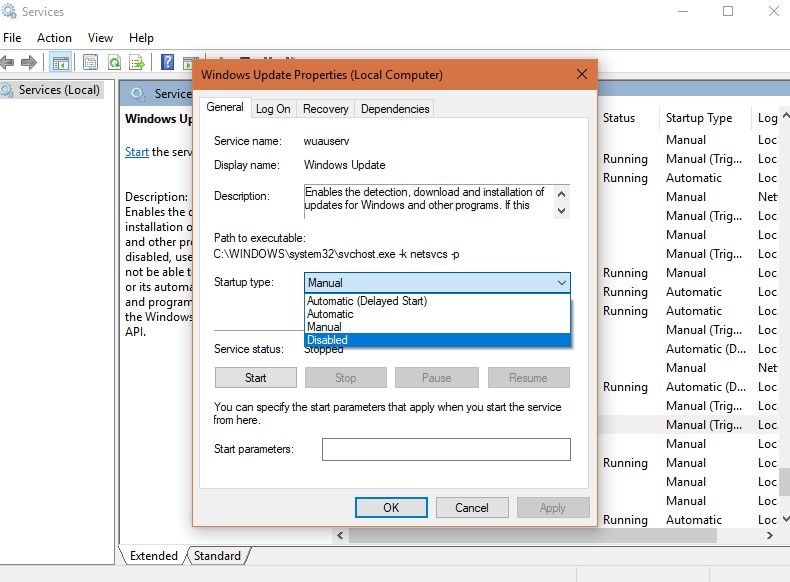
Anyone wanting to jump the queue and install it immediately will, of course, be able to do so. Initially, Windows Update will only offer the new version to people with hardware and software configurations known to be compatible, and over the coming weeks and months, Microsoft will offer it more broadly. First, the build will hit Windows insiders on the release preview ring, then it'll start being offered to regular Windows 10 users on the stable branch. We can expect to see the same rollout as we've seen for previous major updates.

But these will be delivered and installed as regular updates (that install within the operating system, just like Patch Tuesday patches do) rather than performing the full upgrade/reinstallation that the major updates do.

Should build 17133 indeed be RTM, Microsoft will continue to offer patches for the release to fix minor problems as they occur. While it may not be called RTM any more, it functions in much the same way. In the Windows-as-a-Service world, Microsoft says that, officially, there's no such thing as an RTM release nonetheless, there's still a Windows 10 build that's deemed to be good enough for the stable release branch and made available to OEMs for preinstallation. There are reports that build 17133, released yesterday, is in fact going to be the RTM (release to manufacturing) release.

The most recent insider builds have shipped with no known major issues and have also removed the version label from the desktop: these are indications that Microsoft regards development of the update to be essentially finished and is preparing for a wider release. This high uptake comes just in time for the next big update, the still as-yet-unnamed version 1803. Windows 10 version 1709, the Fall Creators Update, is now installed on more than 90 percent of Windows 10 machines, according to the latest numbers from AdDuplex.


 0 kommentar(er)
0 kommentar(er)
